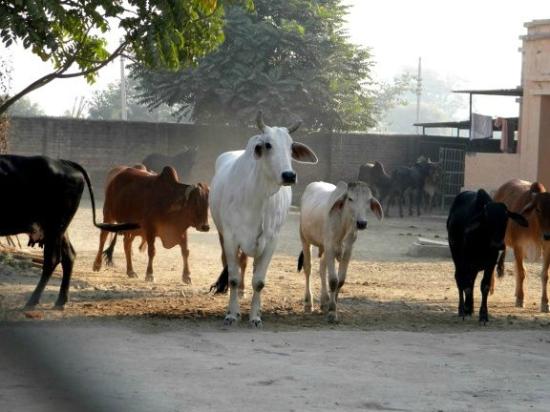
http://www.outlookindia.com/news/article/Indias-UN-Resolution-on-Yoga-Gets-Record-Backing-of-130-Countries/867944
In an overwhelming response to Prime Minister Narendra Modi's call for commemorating an International Day of Yoga, about 130 countries have joined as co-sponsors to an India-led UN General Assembly resolution recognising yoga's benefits.
The draft resolution for an 'International Day of Yoga' was prepared by India and informal consultations
were convened last month by the Indian mission in the UN General Assembly where views on the topic
were expressed by other delegations.
The draft resolution, known as the 'L Document,' was finalised with 130 countries co-sponsoring it, an all-time record for a resolution of such kind.
The draft resolution, expected to come up for adoption in the General Assembly on December 10, would recognise that "yoga provides a holistic approach to health and well-being," echoing Modi's remarks in his maiden address to the 193-member body in September.
Modi had asked world leaders to adopt an International Yoga Day, saying that by changing lifestyle and creating consciousness, it can help us deal with climate change.
"Yoga embodies unity of mind and body; thought and action; restraint and fulfillment; harmony between man and nature; a holistic approach to health and well being," he had said.
The resolution would also proclaim June 21 as the 'International Day of Yoga'.
It would recognise that wider dissemination of information about the benefits of practising yoga would be beneficial for the health of the world population and invite all member and observer states, organizations of the United Nations system and other international and regional bodies to observe the International Day in order to raise awareness of the benefits of practising yoga.
It would also note the importance of individuals and populations making healthier choices and following
lifestyle patterns that foster good health.
The resolution would underscore that global health is a long-term development objective that requires
closer international cooperation through the exchange of best practices aimed at building better
individual lifestyles devoid of excesses of all kinds.
Significantly, overwhelming support for the Modi's initiative is reflected in the various key nations that have come on board to co-sponsor the resolution including the five permanent members of the Security Council China, France, Russia, UK and the United States.
Significantly, overwhelming support for the Modi's initiative is reflected in the various key nations that have come on board to co-sponsor the resolution including the five permanent members of the Security Council China, France, Russia, UK and the United States.
Several Asian, European and Latin American countries and nearly 60 per cent of African nations are
also co-sponsors including Afghanistan, Algeria, Angola, Argentina, Australia, Bangladesh, Bhutan, Brazil, Canada, Central African Republic, Colombia, Cuba, Egypt, Finland, Germany, Iran, Iraq, Israel, Japan, Kenya, Mexico, Myanmar, Nepal, New Zealand, South Korea, South Africa, Spain, Sri Lanka, Syria, Thailand, the UAE, and Vietnam.
Noting that Yoga is "an invaluable gift of our ancient tradition," Modi had said in the UN General Assembly that yoga is not about exercise "but to discover the sense of oneness with yourself, the world and the nature."
Yoga is the 5,000-year-old Indian physical, mental and spiritual practice that aim to transform body and
mind.
"By changing our lifestyle and creating consciousness, it can help us deal with climate change,"
"By changing our lifestyle and creating consciousness, it can help us deal with climate change,"
he had said.










